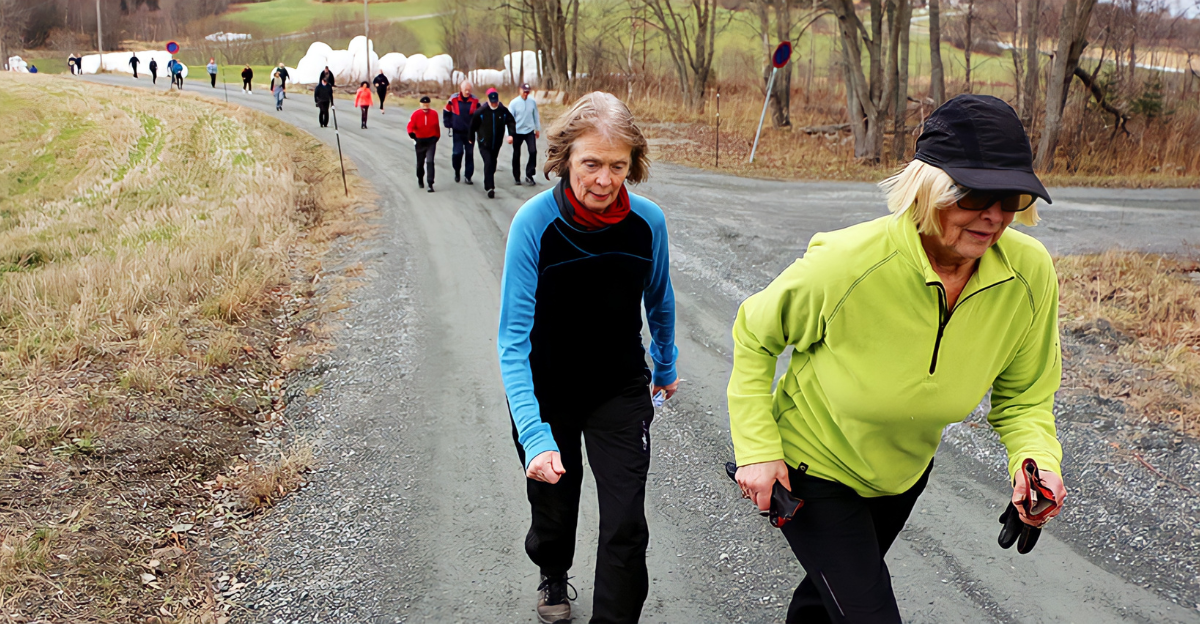
Aging gracefully isn’t measured by spectacular athletic achievements—it’s found in daily habits like greeting the morning, walking confidently across a room, or independently preparing breakfast.
For people over 65, performing these everyday actions becomes an accurate indicator of independence and well-being, revealing how effectively a person copes with the typical changes that accompany aging.
Seniors who glide through these routines aren’t simply “lucky” but reflect the rewards of ongoing self-care, resilience, and sustained good habits over a lifetime.
The Case for Activity in Older Adults

Movement remains the foundation of wellness for older adults, greatly influencing lifespan, mental sharpness, and a lower risk of chronic illness.
Consistent physical activity is essential for counteracting the natural loss in mobility and memory accompanying aging.
When seniors incorporate intentional exercise or daily movement, they protect themselves against heart disease, diabetes, and some cancers while fortifying their immune system, bones, and sense of balance—a recipe for greater freedom in later years.
Routines Create Healthy Rhythms

Clear routines anchor seniors, supporting consistent health in the face of life’s changes. Morning rituals are proven to reduce rates of depression and slow cognitive decline.
Research confirms that routines stabilize daily rhythms, enhance sleep quality, and give individuals a reassuring sense of order and predictability, essential when health may be unpredictable.
This bedrock of routine enables seniors to face new days with assurance.
1. Getting Out of Bed Smoothly

The ability to rise from bed without effort is a powerful indicator, testing core strength, hip movement, flexibility, and balance.
In geriatrics, smoothly getting up is a “hidden gem” for understanding overall fitness: if a senior can rise easily, it’s likely their muscles, joints, and balance systems are working harmoniously, an essential sign for staying safe and avoiding falls throughout the day.
Prevention
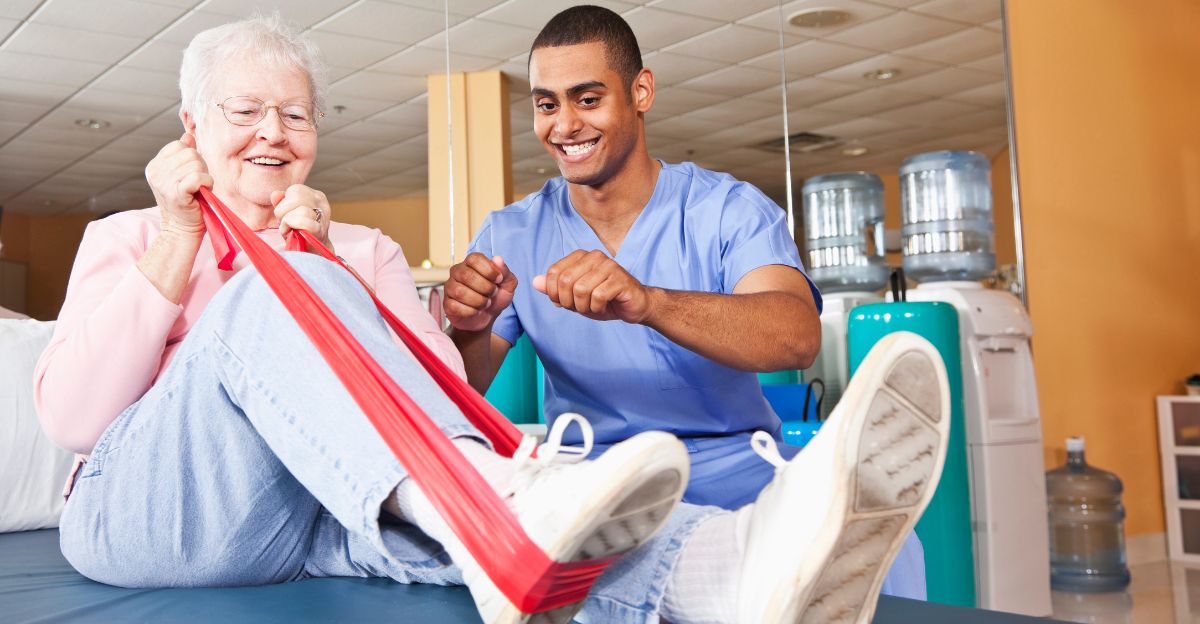
On the other hand, difficulty getting out of bed often highlights early frailty, reduced muscle power, or underlying balance issues, all of which increase fall risk and dependence.
Studies show that regularly practicing safe bed exits can sharpen body awareness and promote stability.
Physical and occupational therapists often help older adults use targeted bed mobility drills to reinforce this essential everyday skill, helping to fend off the need for additional care.
2. Recalling the Day
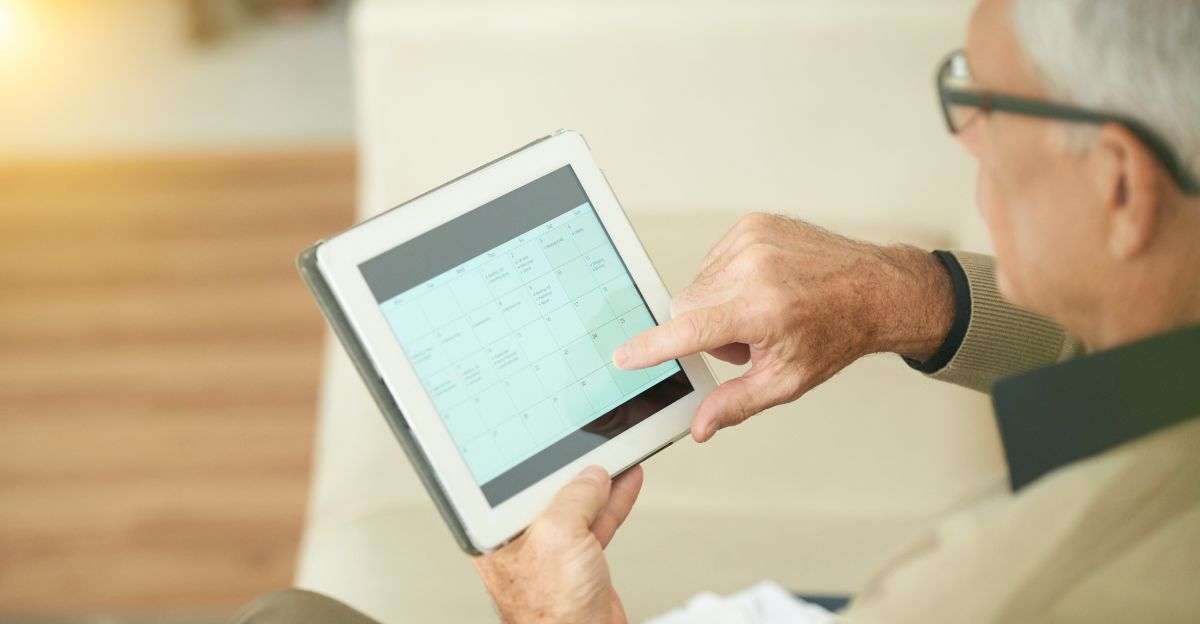
One of the quickest ways to check brain wellness is by recognizing the time, date, and schedule soon after waking.
Being oriented to the day signals healthy memory and cognition, so neurologists worldwide use “orientation checks” every morning as an early screening tool for memory impairment or dementia.
Daily practices like glancing at a calendar or reciting the day help solidify mental maps and sustain quick, accurate thinking in later years.
Purpose & Confidence

Each morning, stating the day of the week or reviewing plans builds mental engagement and a feeling of readiness.
Research indicates that this daily “reality check” lowers stress and confusion, while boosting mental stimulation and self-assurance.
When these habits are ingrained, seniors become more adept at time management and maintain a stronger, more self-sufficient attitude toward their daily routine and life’s demands.
3. Dressing Independently
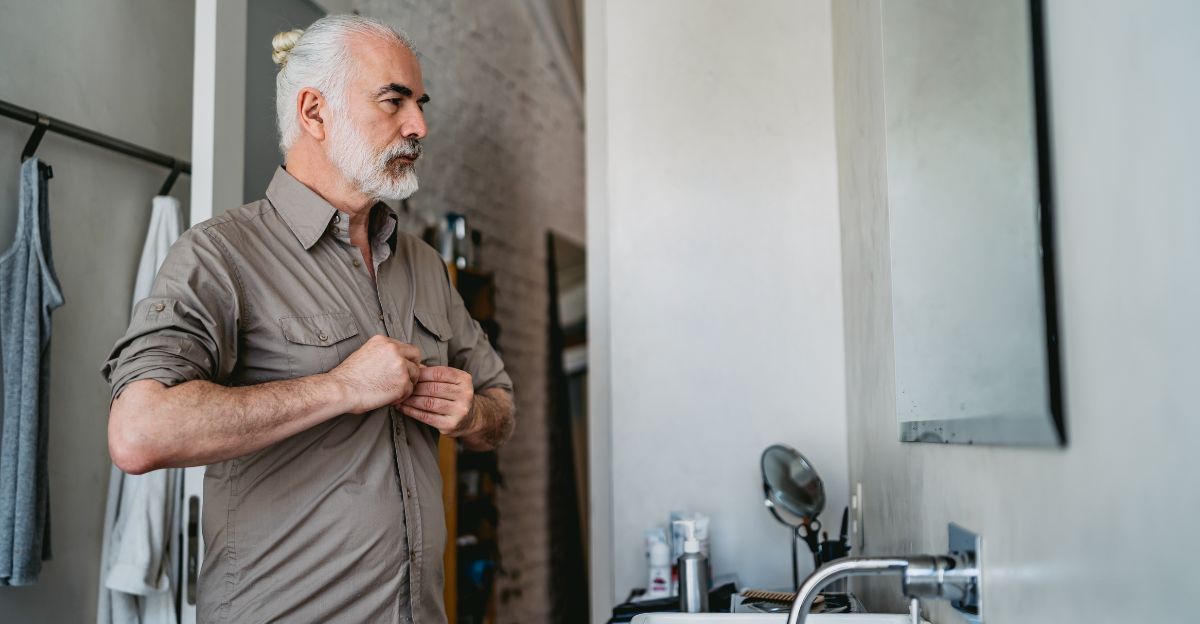
Choosing and putting on clothing, managing small fastenings, and tying laces all put hand coordination, joint mobility, and brain speed to the test.
Occupational therapy research notes that independence in dressing is tightly linked to feelings of control, satisfaction, and fulfillment among older adults.
When seniors dress themselves without help, they report increased self-worth and a higher overall quality of life than those needing routine assistance.
Self-Esteem
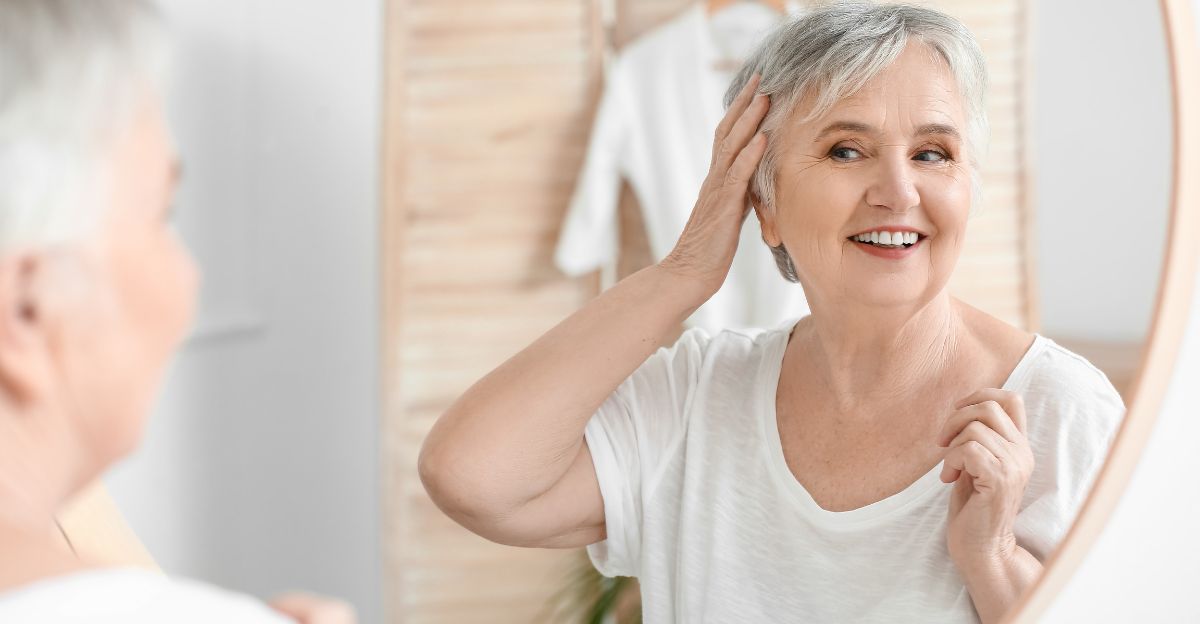
Needing help to dress can devastate seniors’ pride, identity, and social confidence.
Psychologists warn that even occasional support with clothing can harm self-image and cause some older adults to withdraw.
Strategies like adaptive attire, fine motor exercises, and consistent practice foster independence and build emotional resilience in daily routines, supporting mind and body health.
4. Walking Without Pain

A pain-free walk to the kitchen is far more than mundane; it means that skeletal health, circulation, and nerves collaborate well.
Healthcare providers use straightforward walking tests to catch early warning signs of frailty, since stable gait strongly predicts longevity.
Regular, comfortable walking helps seniors maintain stronger muscles, better digestion, and elevated moods, all essential for a physically and emotionally energetic start to the day.
Social Engagement
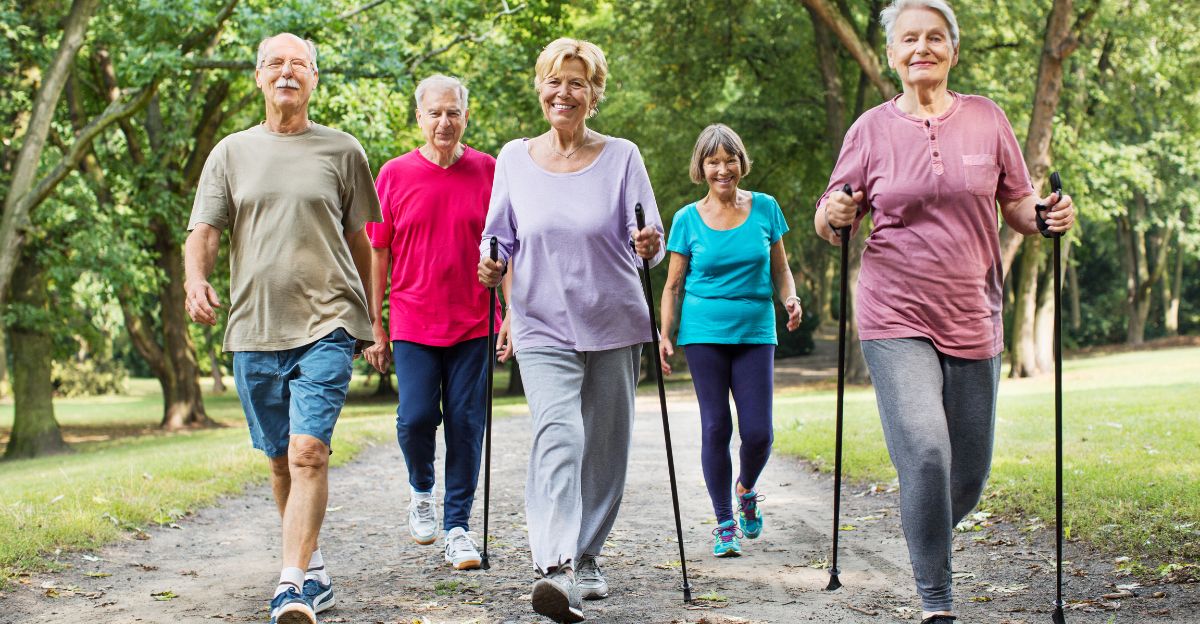
Morning movement matters for social life, too. When older adults walk easily, they’re much more likely to leave the house, join community groups, and partake in activities that ward off isolation.
The ability to roam empowers richer participation in life and supports deeper, more frequent social connections, both powerful determinants of happiness and long-term well-being.
5. Making Breakfast
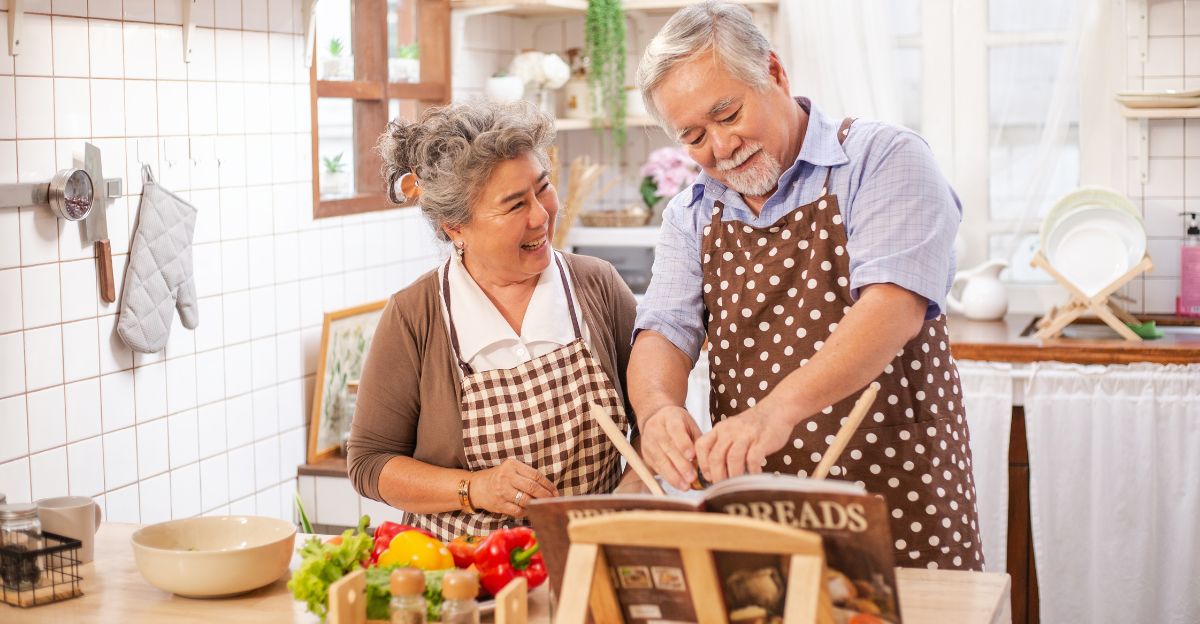
Preparing breakfast independently measures practical thinking, manual skills, and safety awareness in the kitchen.
Seniors who cook for themselves tend to be more attentive to their diets and maintain a healthier weight.
Meal prepping exercises the brain (choosing, planning, timing) and the body (chopping, pouring, stirring) and is considered by doctors a ” high-value ” indicator of overall functional independence.
Nutritional Impact
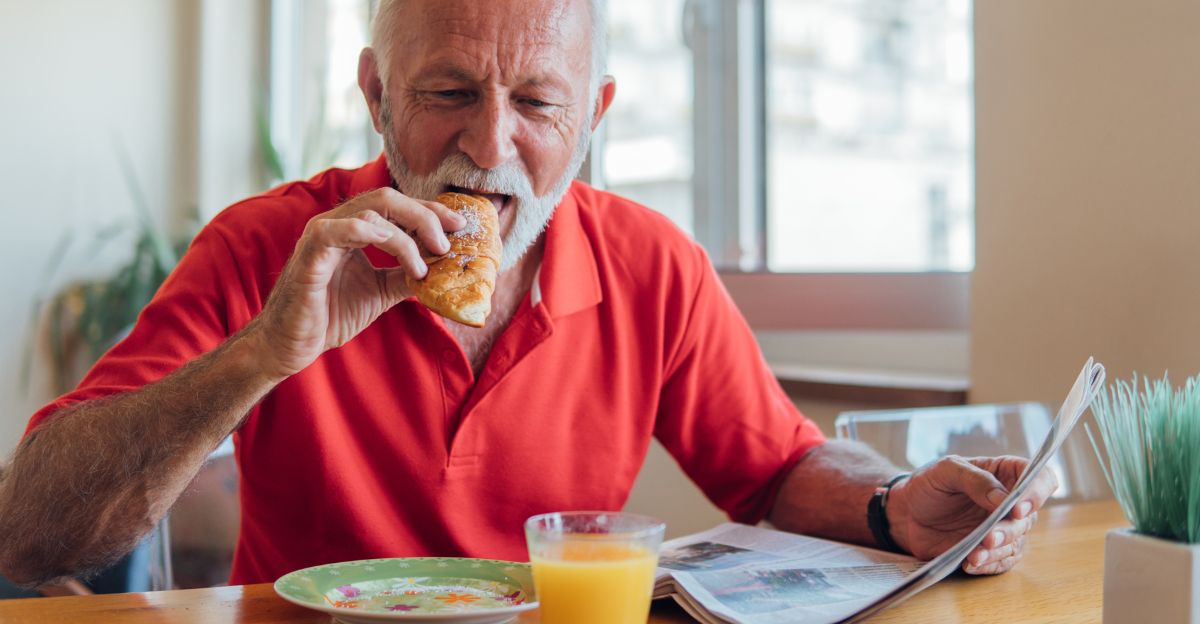
Beyond cooking, enjoying a nutritious breakfast leads to greater energy, sharper focus, and a more stable metabolism for seniors.
Research tracking older adults over time demonstrates that those who eat a balanced morning meal have steadier moods, fewer incidents of high blood pressure, and a lowered risk of developing diabetes or depression.
This small, daily ritual is one of the most practical investments in lasting good health.
6. Using Technology

Confident engagement with digital tools demonstrates sharp mental agility, coordination, and modern problem-solving skills.
Seniors who regularly text, call, or use online resources stay mentally sharper and are better at adapting to new tasks or technologies.
This “digital fitness” is linked to stronger focus, memory, and the flexibility to learn new things, essential for delaying mental aging.
Staying Connected

Tech-savvy seniors do more than keep up with the times—they maintain strong family and friend bonds, access healthcare from afar, and pursue hobbies or support groups online.
Studies suggest that older adults who message, video chat, or email feel less lonely and are more likely to communicate medical needs early.
Greater digital inclusion fuels independence, community involvement, and an open door to vital resources for well-being.
7. Morning Exercise or Stretching

Spending a few minutes after waking, stretching, doing gentle movements, or walking, primes the entire body for the day.
Studies show that morning routines blending core strength, balance, and flexibility can slash the risk of falls, extend years of robust independence, and significantly reduce joint and muscle aches.
Morning exercise is like a daily “deposit” into the health bank, with returns seen for years to come.
Long-Term Effects
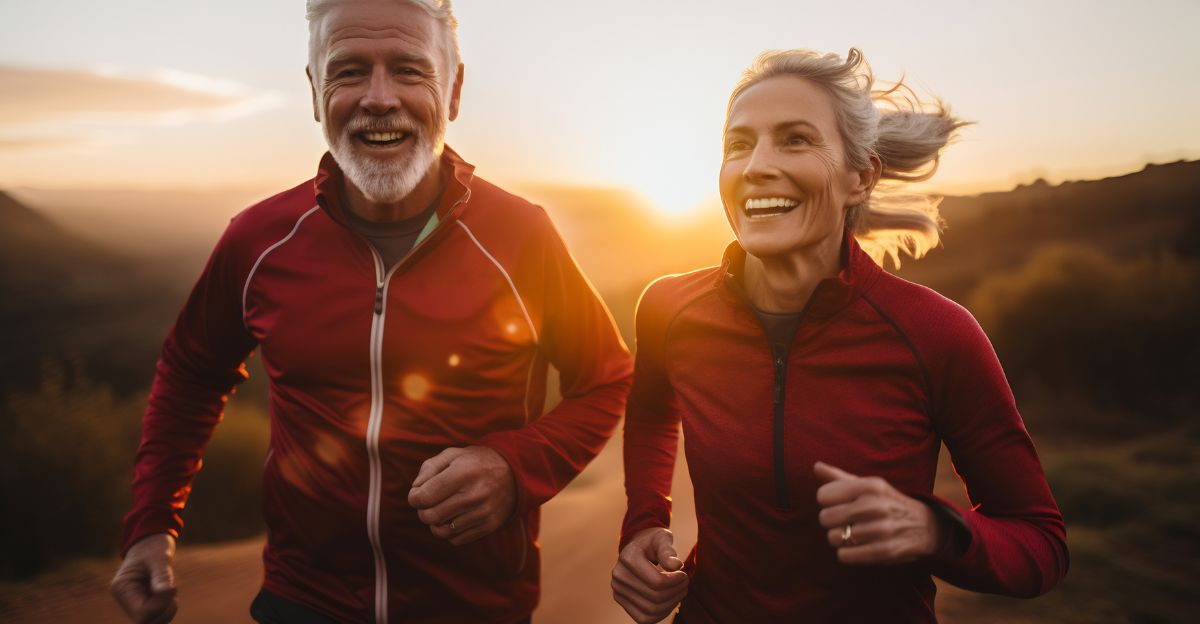
The accrued benefits of regular morning movement extend far beyond flexibility or strength.
Seniors who commit to this practice report improved sleep, brighter moods, less confusion, and low rates of frailty and hospital stays, even years later.
This simple morning investment shields against decline and is a tonic for more vibrant living.
8. Feeling Ready for the day

Waking up alert, clear, and hopeful isn’t just about rest—it’s a central measure of emotional health among seniors.
Prestigious institutions demonstrate that a strong morning mindset means better stress handling, fortified immunity, and increased mood stability.
Seniors who start the day with optimism and purposeful routines lower their risk of depression and dementia, showing that the way we greet the day can have lifelong effects.
Motivation

Consistency in morning motivation pays off with richer relationships, more activity, and engagement with volunteering, proven pathways to aging well.
Recent extensive studies reveal that a clear sense of life purpose reduces the odds of memory loss and cognitive decline by up to 30%.
Every morning, Sustained drive is a standout sign of current and future independence.
Sustaining Peak Health

Successful aging is rooted in these foundational daily actions that keep the body strong, the mind clear, and the spirit engaged.
Seniors who maintain these eight habits are maintaining good health and actively investing in lasting autonomy, mental sharpness, and emotional resilience.
Living well and independently after 65 is less about luck or genes than daily devotion to movement, mindful routines, and ongoing self-care, ensuring every new day starts at its best.